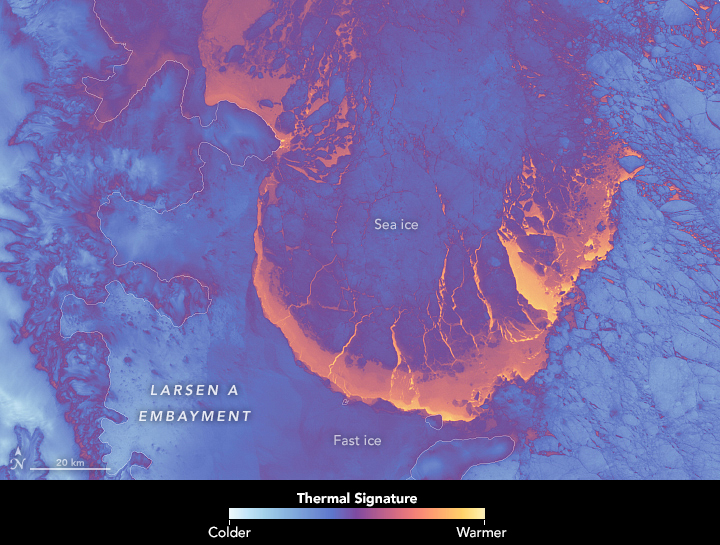
Scenes from the Polar Night
Landsat satellites have begun regularly acquiring images of ice at the poles during the winter, with enlightening results. View the full story
Credits: NASA Earth Observatory / Lauren Dauphin
TakenJuly 23, 2023
Image CreditNASA Earth Observatory / Lauren Dauphin
Size640x484px
